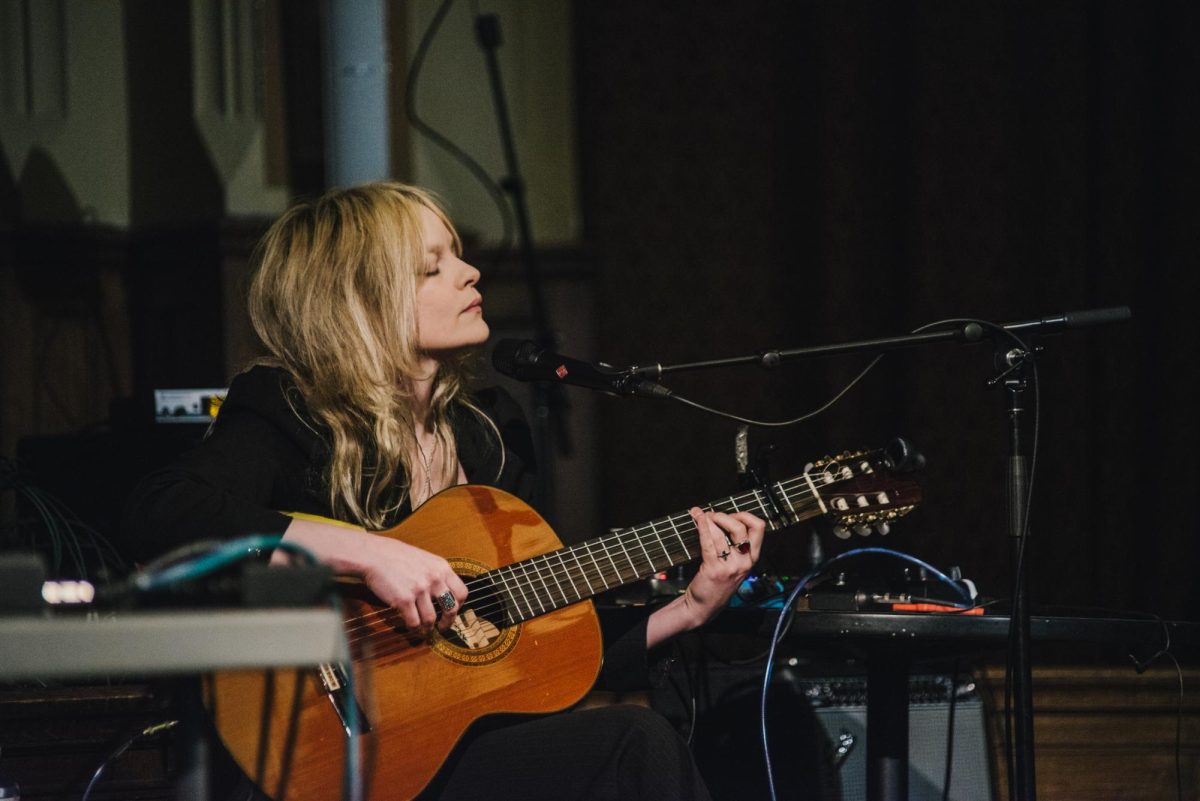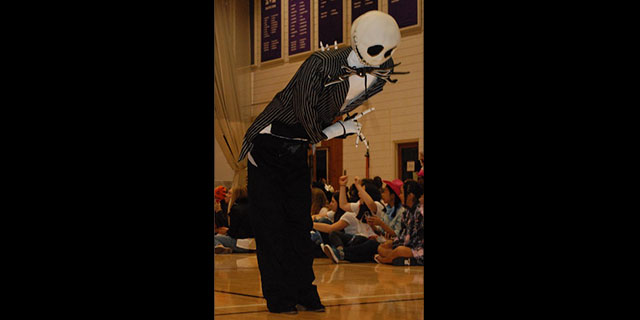Sarit ’13 bends into a full split on the floor, folding her entire body over one leg, then the other. Almost instinctively, those watching stand up a little bit straighter. The other 16 members of Dance Dimensions join Sarit in the Lower Dance Studio, extending their bodies into such magnificent positions that it seems an understatement to refer to their graceful contortions as mere stretching. Stretching is what runners do before a meet, or what the less athletically inclined do after waking up in the morning. This is something entirely different.
Dance Dimensions, Marlborough’s most competitive and selective dance company, rehearses during E period and after school on Mondays, Tuesdays and Thursdays from 3:00 to 4:30p.m.
Although rehearsal is chaotic, there is something elegant and beautiful about how each dancer is constantly learning from her mistakes and striving to improve. Their hard work becomes clear in their performances, as the Dimensions dancers produce and choreograph more than four shows a year.
The Dance Dimensions atmosphere is lively and open, and it is clear why dancers flock to the class; it is an environment that fosters creativity. Sarit, who is one of the student choreographers, said she appreciates the room that the group gives her to improve and grow as an artist.
“I like all of the opportunities students get to choreograph, and of course I love all of the friends I’ve made,” Sarit said.
Performing arts instructor Mpambo Wina, the Dance Dimensions advisor, said that this year she hopes to bring professional performing artists to Marlborough as guest instructors for Dimensions. Wina is planning on selecting artists working in any media (not just dance) currently working in Los Angeles to come speak to her students. According to Wina, professional artists can inspire students in a more real-world way than a full time instructor can.
“When you get to talk to a current artist, there’s just a different energy in the room,” Wina said.
Wina also said that she enjoys watching her dancers evolve and develop both technically and emotionally.
“At the end of the day, dancers leave with more confidence, are able to work well with others, and are able to defend their artistic voices. As I always say: What you learn in the classroom, you can use in the board room,” Wina said.
What her students learn in the classroom certainly goes beyond tendus (a stretch that is held) and rond de jambes (a circle drawn with the leg); these dancers are resilient and motivated enough to tackle anything, and they can do so in pointe shoes (satin slippers that allow ballerinas to dance on the tips of their toes. Also known as toe shoes. Also known as the source of graceful, broken dancer toes).






